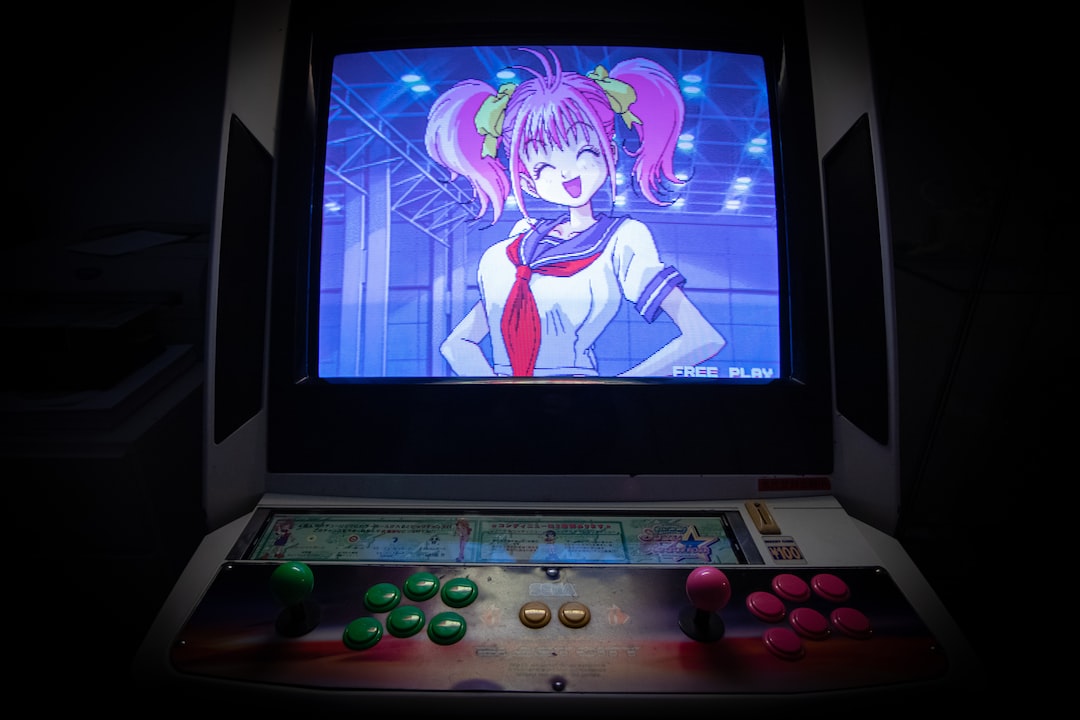Unveiling the Secrets of Game Development: Behind the Scenes of Creating Virtual Worlds
Whether you’re an avid gamer or not, it’s hard to deny the allure of virtual worlds. From fantasy realms filled with magic and dragons, to post-apocalyptic wastelands teeming with zombies, game developers have the power to transport us to places we never thought possible. But have you ever wondered how these virtual worlds come to be? In this blog post, we will take a peek behind the curtain and uncover the secrets of game development.
Game development is a complex process that involves the collaboration of various teams and individuals with different skills. From concept artists and programmers to level designers and sound engineers, each person plays a crucial role in bringing a virtual world to life. One of the first steps in the process is brainstorming and conceptualizing the game’s world and characters.
Concept artists are responsible for visualizing the ideas and creating stunning, immersive artwork. They sketch out characters, environments, and objects, giving the game its unique visual style. This stage is crucial as it sets the foundation for the entire game, and the artwork serves as a reference point throughout the development.
Once the concept art is finalized, the next step is to build the game’s environments and characters. This is where the world comes alive, and the level designers work their magic. They create the landscapes, buildings, and other structures, carefully placing every rock and tree. It’s a meticulous process that involves balancing visual aesthetics, gameplay mechanics, and technical limitations.
Meanwhile, the character artists bring the virtual beings to life. They model and sculpt the characters, adding textures and creating detailed models that fit seamlessly into the game’s world. This is where their creativity shines, as they not only have to design visually appealing characters but also ensure that they are optimized for the game’s performance.
With the environments and characters in place, the programmers step up to the plate. They are the ones responsible for programming the game mechanics and making sure everything runs smoothly. From controlling the player’s movements to implementing the rules of the game world, programming is the backbone of any game development project. It’s no easy task, as it requires a deep understanding of algorithms, physics, and software engineering.
Another critical aspect of game development is sound design. Sound engineers work closely with the other teams to create an immersive audio experience that complements the visuals. From background music and ambient sounds to character voices and effects, the sound design adds depth and realism to the virtual world.
Once all the components are in place, game testers come into play. They rigorously playtest the game, identifying bugs, glitches, and areas that need improvement. Game development is a highly iterative process, and this feedback loop helps polish and refine the game before it gets released to the public.
Finally, after months, or even years, of hard work, the game is ready to be unveiled to the world. But the journey doesn’t stop there. Game developers continue to support the game post-release, providing updates, patches, and new content to keep the players engaged.
Behind the glamorous trailers and exciting gameplay lies a world of meticulous planning, creativity, and hard work. Game development is both an art and a science, where countless individuals with different skills and talents come together to create virtual worlds that captivate and inspire us. So the next time you embark on a gaming adventure, take a moment to appreciate the immense effort that went into bringing that virtual world to your screen.

